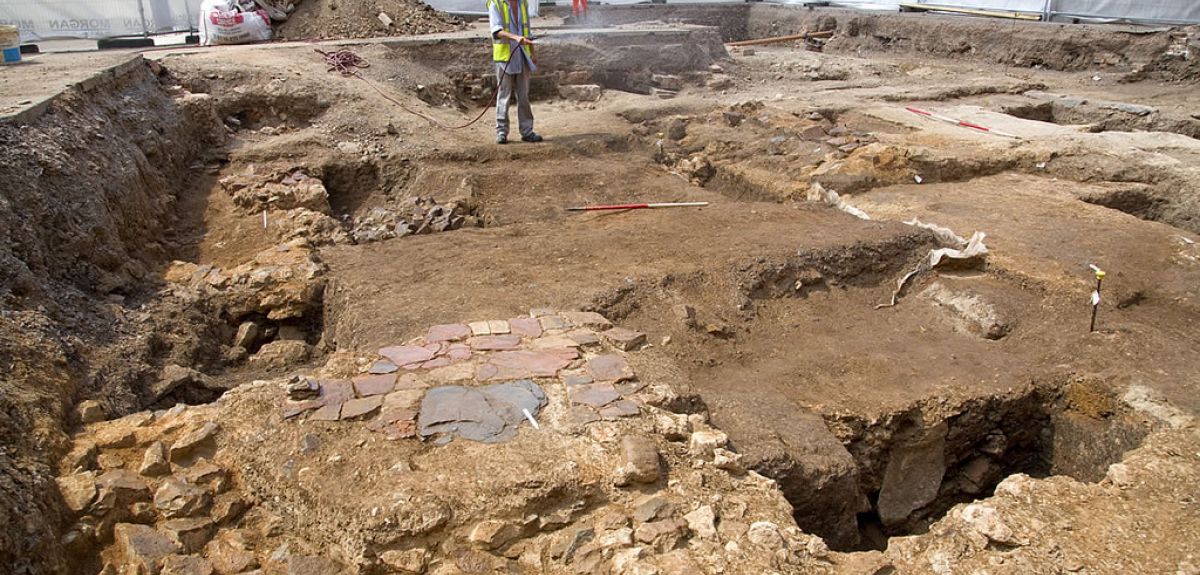
University of Leicester
My role in Richard III reburial, by Oxford music academic
The remains of Richard III were reinterred at Leicester Cathedral today (26 March 2015).
Dr Alexandra Buckle, an expert in medieval music at Oxford University, has been on the Liturgy Committee for the Reinterment of King Richard III for nearly two years, after finding the only known manuscript to document what a medieval reburial service involved.
Over the last two years, Dr Buckle has been working on the context of medieval reburials, looking at why they happened, who organised them and who received them. She has managed to compile a long list of the great, the good and the not-so-good of the 1400s, involving most kings, dukes and earls.
She said: 'Medieval reburials were far more common than I envisaged. They happened for many reasons – this was an age of active warfare – many who fell in battle were buried cloe to where they fell, only to be moved by family members to a place with family associations 10-30 years later.
'Other reasons include political, status and, always, a desire to keep the dead in the memory of the living. Richard III was involved in two reburial ceremonies (for his father, Richard, duke of York and for Henry VI) so he would have not been unfamiliar with the medieval document of reburial I found, which dates from his life time.'
Dr Buckle's discovery has formed the basis for the ceremony in Leicester Cathedral.
She said: ' The manuscript I found in the British Library has really guided the process: the opening and closing prayers are taken from this, as well as much in between.
'The manuscript includes two unique prayers, not known to survive in any other liturgy, and these have become a real feature of the service. They draw on passages in the bible which feature bones – the famous ‘dry bones’ passage from Ezekiel and the carrying of Joseph’s bones from Egypt to Canaan.
'The document has also influenced the music – although the medieval chant of this service will not be the only music heard, the same items of music will be used. For example, where the document asks for Psalm 150, the chant will not be used but a modern setting of this will be heard instead, in this case a setting, which has been revised for this occasion.
'The manuscript called for a lengthy service, running over two days so some of the material has had to be cut, namely the prayers which draw heavily on the doctrine of Purgatory and are, therefore, not appropriate in a modern, Church of England service. In addition, some modern elements (such as hymns, commissions and The National Anthem) have had to be added to make this service intelligible to the congregation and those watching the broadcast at home but much remains from the medieval rite.'
Dr Buckle said the ceremony gives a dignity to Richard III's memory that would have been missing from his original burial.
'When I started work on this manuscript, I never envisaged it would influence a service of national importance and that some of the prayers I unearthed would end up in the mouth of The Archbishop of Canterbury. The team at Leicester have had a hard task but I think they have managed to blend the medieval and modern sensitively. Richard III’s funeral was notoriously plain and hasty: he did not have a coffin, his grave was too small and he only had the most basic of funerary masses. The overriding concern of the team at Leicester has been to bury Richard, this time around, with dignity and honour, and it has been very special to be involved with this process.'